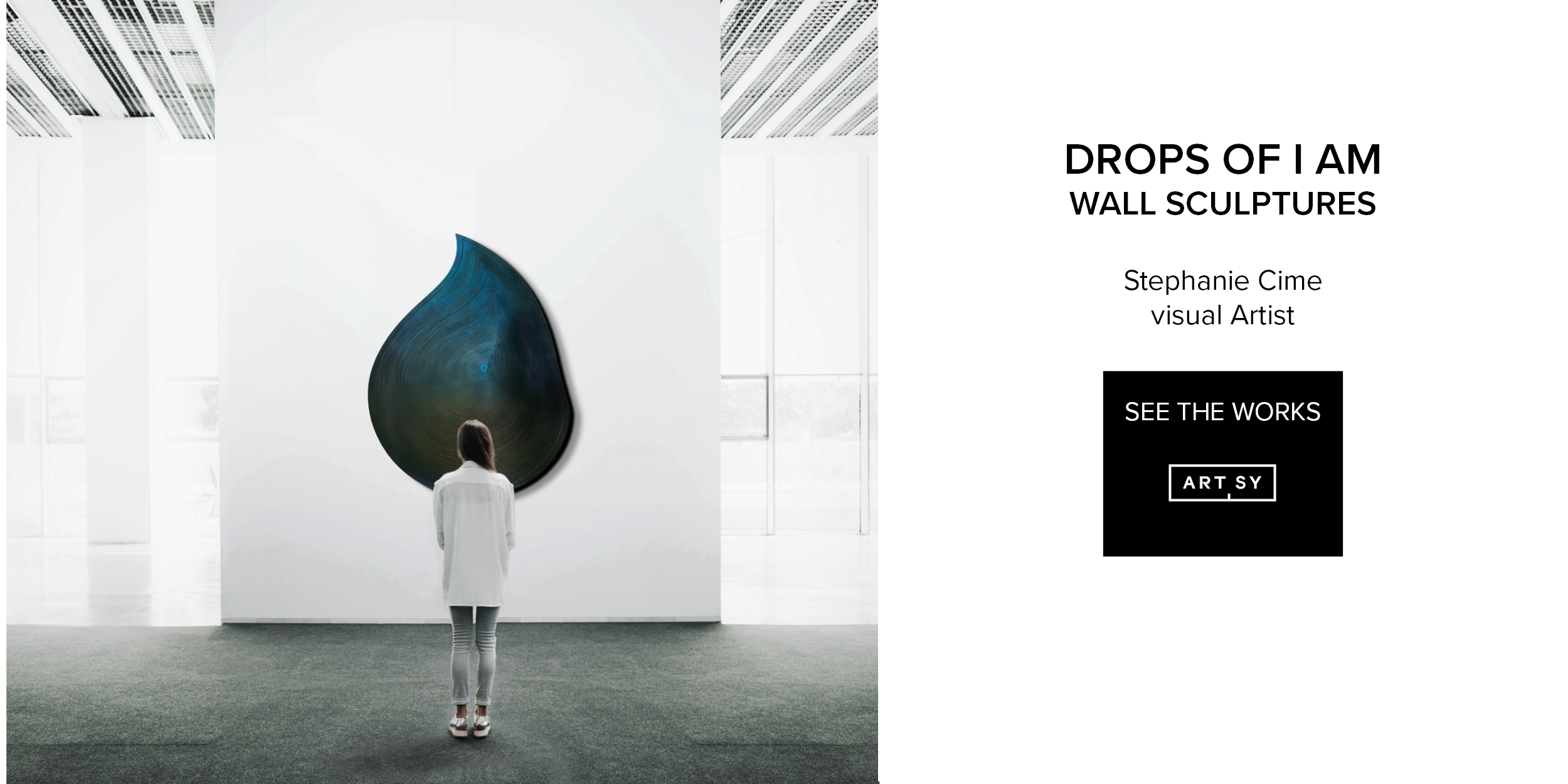The land of Thrace lay north of the Aegean Sea, in an area that now comprises Bulgaria and parts of Romania, Greece, and Turkey (Türkiye). With few written records preserved, much of what is known today about this culture depends on brief, often biased, accounts from ancient Greek and Roman authors.
However, archaeological discoveries made in the region since the early 20th century have yielded extensive firsthand evidence of Thracian history, culture and society. These discoveries illuminate Thrace’s rich resources and varied artistic achievements, as well as its unique position—geographically, politically, and culturally— between East and West.
“This exceptional exhibition is the first to focus on the interconnections and rivalries between the Thracians and their neighbors, especially Greece and Rome,” says Timothy Potts, Maria Hummer-Tuttle and Robert Tuttle Director of the Getty Museum. “For many of our visitors, this will be their first introduction to this fascinating and highly sophisticated ancient culture, which was both feared for its military prowess and cultivated for its rich artistic productions, especially silver and gold vessels. We are immensely grateful to the Bulgarian Ministry of Culture, and the National Archaeological Institute with Museum at the Bulgarian Academy of Sciences for their partnership in making this exhibition possible; and to the other lenders to the exhibition.”
The ancestors of the Thracians, who migrated from the Eurasian Steppe to present-day Bulgaria, formed a distinctive culture by the Late Bronze Age (around 1500 BCE). Thracian tribes became known for their skills as horsemen and warriors and interacted with Mycenaean Greeks and central Europeans, influences that can be traced in the production of metalwork. Rich hoards of luxury metal vessels—treasures in a literal sense—are featured in the exhibition, including those discovered at Valchitran, Panagyurishte, and Rogozen in Bulgaria.
“The exhibition is a rare opportunity for the Getty Villa to introduce American audiences to the world of ancient Thrace—a place and culture which deserves much greater attention,” says Sara E. Cole, associate curator of antiquities at the Getty Villa Museum and co-curator of the exhibition. “The archaeological material on display, ranging from spectacular gold and silver to pottery and funerary monuments, allows us to present Thrace from a Thracian perspective, at times challenging the views expressed by ancient Greek and Roman authors.”
Thrace’s cultural and political interactions with Greece, Persia, and Rome, which shaped the region’s history and arts, is a major highlight of the exhibition. From the Bronze Age, Greeks traveled to Thrace for its rich deposits of gold, silver, and copper, establishing cities and trading posts with local Thracians. The Achaemenid Persian Empire reached Thrace in 513 BCE, subjugating tribes and leaving a lasting cultural impact, particularly in the use of gold and silver banqueting vessels. Thracians fought as mercenaries for the Achaemenid kings in the Persian Wars (492–449 BCE) against the Greeks. Centuries later, the Roman Empire expanded into Thrace, incorporating it as a province under Emperor Claudius around 46 CE. The Thracians adopted Roman customs and the Latin language while maintaining many local traditions.
A highlight of the exhibition are the many luxury objects found in wealthy burial mounds of the 5th–3rd centuries BCE. Foremost of these is the complete set of grave goods from the tomb of King Seuthes III at Golyama Kosmatka, discovered in 2004 in central Bulgaria. They include a spectacular bronze portrait of Seuthes, who ruled Thrace’s Odrysian kingdom from about 330 to 300/295 BCE. This spectacularly realistic and well-preserved sculpture may be the earliest monumental image of a historic Thracian individual.
Main Image: Greave (Knee and Shin Guard) with a Female Head, 400–300 BCE. Silver with gilding, 18 1/8 × 7 1/16 × 7 1/16 in. Regional Historical Museum, Vratsa. VEX.2024.2.203 Photo: Todor Dimitrov









